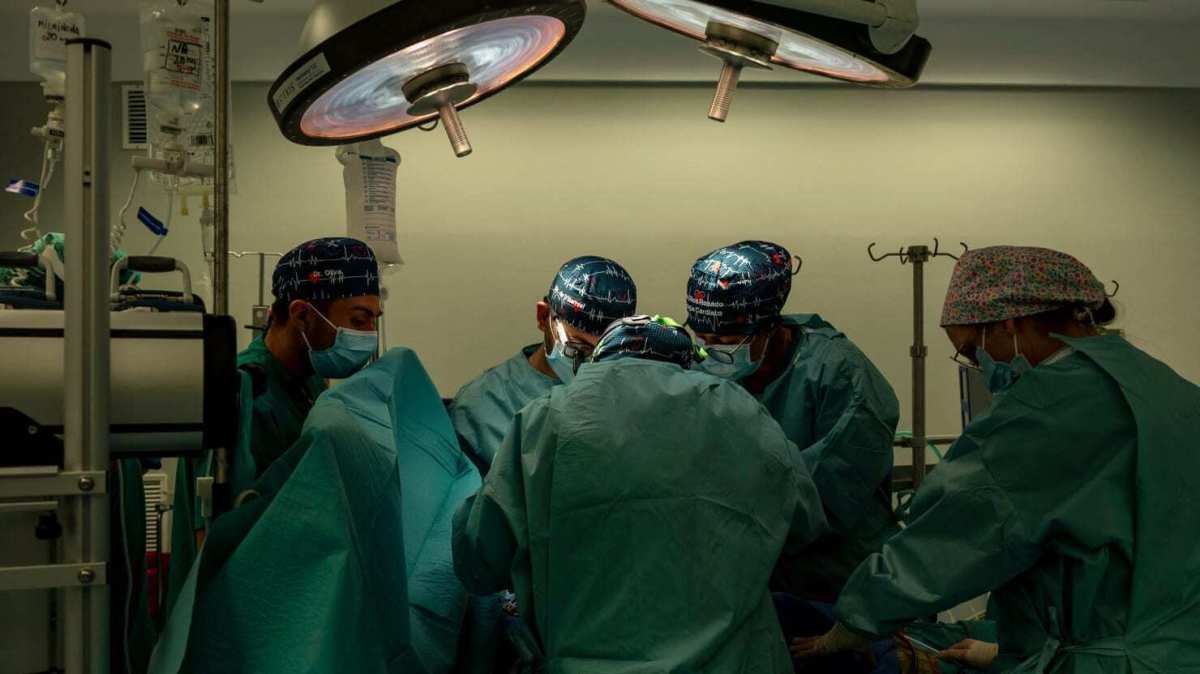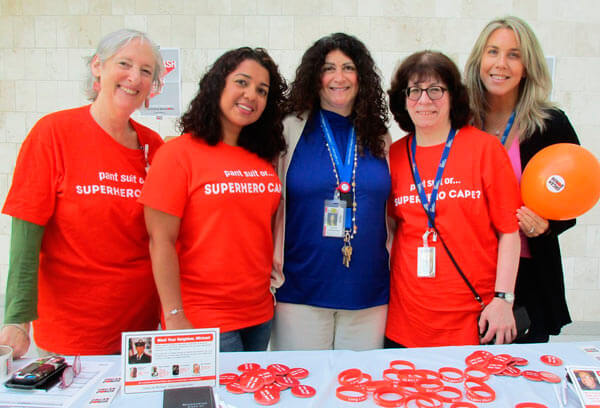Nearly 10 years after the passage of the HIV Organ Policy Equity Act allowed those living with HIV to donate their organs to HIV-positive recipients, Montefiore Medical Center became the first in the world to successfully perform HIV-positive to HIV-positive heart transplants this spring.
The recipient, a woman in her sixties suffering from advanced heart failure, also needed a concurring kidney transplant. The surgery was a four-hour surgery that involved transplanting the heart first and kidney second, explained the patient’s clinician Dr. Omar Saeed told the Bronx Times.
Heart transplants are a matter of timeliness and precision. A heart, ideally, shouldn’t be placed in static cold storage for more than 4-6 hours, Saeed said.
At the 4-hour mark, heart cell function begins to fail and the likelihood that the organ will malfunction in its recipient rises dramatically.
“This was a complex procedure, because you have both a heart and kidney to transplant, and the heart is not able to be out of the body for too long,” Saeed said. “There’s a lot of moving parts to consider. This specific strategy of using HIV positive donors, especially when it pertains to hearts, we know there’s not going to be too many of them. There are a few, and that’s still an advantage for (organ transplant) receivers.”
There is a need for new hearts, but also a limited pool of donors and long waitlists.
In the United States, there are between 60,000 and 100,000 people who could benefit from a new heart, yet only 3,800 transplants were performed in 2021. The ultimate goal for the medical community when it comes to organ transplants is increasing the pool of donors and quicker access to a lifesaving organ.
United Network for Organ Sharing (UNOS) notes that there are 3,430 on a waiting list for a heart transplant as of June 28.
While waiting times vary, the wait for heart transplants are long — often more than six months — and each passing month poses a heightened risk if the patient’s health deteriorates. Saeed, concerned with each passing week, approached the patient about receiving the transplant from an HIV+ donor, feeling like she would have a better chance.
“She was waiting for quite a bit of time and we thought why don’t we discuss this with the patient? And she was really completely fine with and accepted the risks and benefits and signed consent,” Saeed said. “This is a major accomplishment for us. But for me, I am in awe of her bravery and I’m just amazed by her strength.”
Montefiore is one of 25 centers nationwide that can offer to perform this type of surgery, which was dependent on their ability to meet surgical bench marks and outcomes set by the Organ Procurement and Transplantation Network, including a number of successful transplants of HIV negative to HIV positive heart transplants.
The center’s Heart Transplantation Team had already been successful in transplanting a heart from a donor who died after their heart stopped beating, which the center said could be an innovative approach to meet the need for new hearts.
Kidneys are by far the most commonly transplanted organ, according to UNOS, followed by liver, heart and lung, in that order, followed by pancreas, intestine and multiorgan transplantations.
And the medical community is continuing to explore new ways to expedite heart and other organ transplants. Some centers have taken organs from donors with hepatitis C, and others are looking to nonhuman sources.
At NYU Langone Health, surgeons transplanted genetically modified pig hearts into two recently deceased humans earlier this month.
The process, Langone Health says, sets a new protocol for xenotransplantation — implanting a human recipient with the live cells, tissues or organs from a nonhuman animal source — that would provide an alternative supply of organs for people who need them.
Reach Robbie Sequeira at rsequeira@schnepsmedia.com or (718) 260-4599. For more coverage, follow us on Twitter, Facebook and Instagram @bronxtimes

















